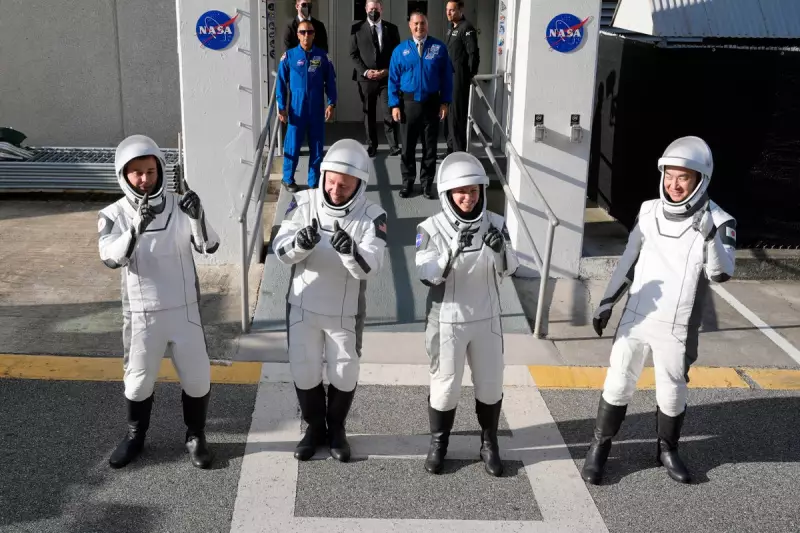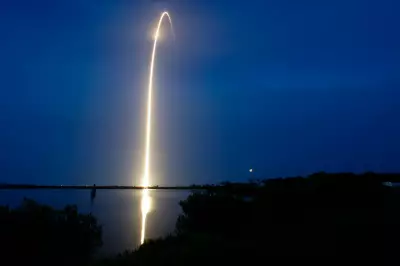
In a spectacular night-time launch, SpaceX's Falcon 9 rocket blasted off from Cape Canaveral, Florida, carrying four astronauts on a crucial mission to the International Space Station (ISS). The event marks another milestone in NASA's partnership with private space companies.
A New Era of Space Exploration
The Crew-7 mission, comprising astronauts from NASA, ESA (European Space Agency), JAXA (Japan Aerospace Exploration Agency), and Roscosmos, represents the growing international collaboration in space exploration. This diverse crew will spend approximately six months conducting scientific experiments aboard the orbiting laboratory.
Technological Marvel
The Falcon 9 rocket, developed by Elon Musk's SpaceX, has become a workhorse for NASA's crewed missions since the retirement of the Space Shuttle program. Its reusable first stage successfully landed back on Earth shortly after launch, demonstrating SpaceX's commitment to reducing spaceflight costs.
What's Next for the Crew?
After a 22-hour journey, the spacecraft will dock with the ISS, where the astronauts will:
- Conduct over 200 scientific experiments
- Maintain and upgrade station systems
- Prepare for future lunar missions under NASA's Artemis program
This mission continues NASA's shift toward relying on commercial partners for crew transportation, allowing the agency to focus on deep space exploration goals.





